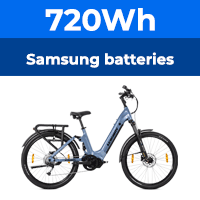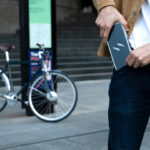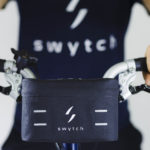Well tight wad has won out, so I've decided to go with what I've got.
First was scavenging the rim from a defunct Ezee motor case:

Having removed the spokes I've used the Ryan method of finding the ERD. I tightened nipples onto two old spokes so they would not move. Cut off the j bend and cut and file the spokes to the same length. In this case215mm. Insert the spokes into opposite holes and measure between the two ends, 172mm. Then add the lot together to get ERD, 215+215+172= 602.

Next stop will be Grin Technologies site to remind myself on how to measure the hub motor to get spoke length and offset.
So to spokes and the much debated 'What diameter?'. Remind me is it 12 or 13 guage? I favour Sapim super strongs if I can get them.
First was scavenging the rim from a defunct Ezee motor case:

Having removed the spokes I've used the Ryan method of finding the ERD. I tightened nipples onto two old spokes so they would not move. Cut off the j bend and cut and file the spokes to the same length. In this case215mm. Insert the spokes into opposite holes and measure between the two ends, 172mm. Then add the lot together to get ERD, 215+215+172= 602.

Next stop will be Grin Technologies site to remind myself on how to measure the hub motor to get spoke length and offset.
So to spokes and the much debated 'What diameter?'. Remind me is it 12 or 13 guage? I favour Sapim super strongs if I can get them.











